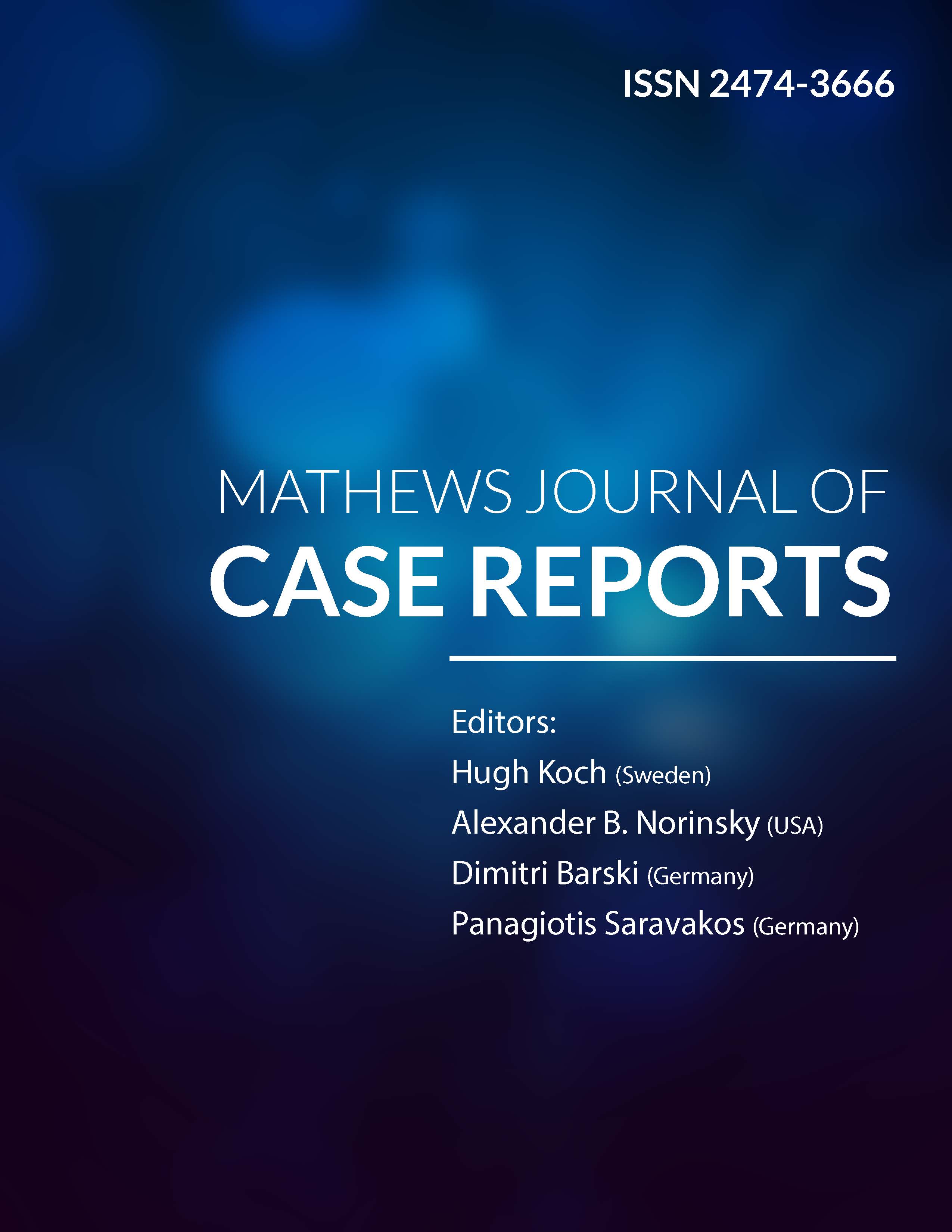
Information Links
Previous Issues Volume 4, Issue 1 - 2019
Splenogonadal Discontinuous Fusion as a Transoperative Finding in Inguinal Hernia Surgery in children (Granado´s Hernia). Clinical case
Francisco José Granados Navas1, Michelle Castro2, Guillermo Padrón Arredondo3
1 Pediatric surgeon, Department Pediatric Surgery of General Hospital Playa del Carmen, Q. Roo. México.
2 Pathologist, Department Pediatric Surgery of General Hospital Playa del Carmen, Q. Roo. México.
3 General surgeon, Department Pediatric Surgery of General Hospital Playa del Carmen, Q. Roo. México.
Corresponding Author: Francisco José Granados Navas, Pediatric surgeon, Department Pediatric Surgery of General Hospital Playa del Carmen, Q. Roo. México. CP. 77732
Received Date: Feb 25, 2019
Published Date: May 10, 2019
Copyright © Granados Navas FJ
Citation: Granados Navas FJ. (2019) Splenogonadal Discontinuous Fusion as a Transoperative Finding in Inguinal Hernia Surgery in children (Granado´s Hernia). Clinical case. Mathews J Case Rep 4 (1): 44.
ABSTRACT
Introduction: The first references about splenogonadal fusion were described by Boestrom in 1883 and Pomer in 1889. Its incidence is unknown but it is considered according to Montes and Prada in about 160 reported cases.
Clinical case: A 3-year-old boy with no perinatal history of importance and who consults for volume increase in the left inguinal region. Physical examination shows a visible mass, not painful on palpation, soft, not attached to deep planes with reduced hernial content. The clinical diagnosis of left inguinal hernia is established and scheduled for surgery. The histopathological report explains in the macroscopic description a vermiform tubular tissue of 7 cm in length and thickness of 1.3 cm of rubberized consistency compatible with splenic ectopic tissue.
Discussion: Has been reported a case in a 6-year-old boy who presented clinically as a strangulated left inguinal hernia and this case was a continuous splenogonadal fusion, but our case was a discontinuous splenogondal fusion. Our case is the first one reported in a child with a palpable mass in the inguinal region, similar to an inguinal hernia that can be reduced with inguinal plasty with a biopsy that reported splenic tissue. It is suggested that it be called Hernia de Granados.
KEYWORDS: Discontinuous Splenogonadal Fusion; Spleen; Ectopic Tissue; Child; Inguinal Hernia.